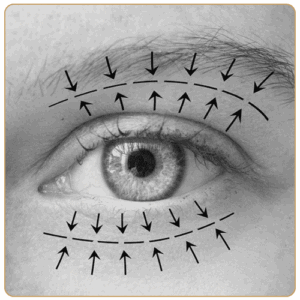Ethnic rhinoplasty, commonly referred to as an ethnic nose job, is a specialized procedure in the field of cosmetic surgery aimed at reshaping the nose while preserving the patient’s ethnic identity and features. This type of rhinoplasty pays particular attention to the unique anatomical structures present in different ethnic groups, ensuring that the results are natural and harmonious with the individual’s facial characteristics.
The growing interest in ethnic rhinoplasty stems from the rising awareness and appreciation of diversity in beauty standards. Patients seeking this procedure often have specific goals, such as enhancing nasal symmetry, refining the nasal tip, or improving nasal function, while maintaining their cultural aesthetic. It’s vital to acknowledge that ethnic rhinoplasty is not about altering one’s ethnic background, but rather embracing and enhancing one’s natural beauty in a way that feels authentic and self-expressive.
Selecting a qualified and experienced surgeon is crucial for anyone considering ethnic rhinoplasty. A skilled surgeon understands the nuances of various ethnic traits, such as the broader nasal bases, thicker skin, and different cartilage structures typical of African, Hispanic, Asian, and Middle Eastern noses. They work closely with patients to understand their desires, provide realistic expectations, and tailor the surgical approach to meet those goals effectively.
An initial consultation typically involves a thorough evaluation of the patient’s nose and face, discussions about their motivations and expectations, and an outline of the surgical plan. Surgeons may utilize advanced imaging techniques to simulate potential outcomes, giving patients a clearer picture of the anticipated results. It’s imperative for patients to communicate openly with their surgeons, as understanding the patient’s vision helps ensure satisfaction with the final outcome.
The procedure itself may vary depending on the patient’s specific needs and the complexity of the work required. Surgeons often employ techniques that involve reshaping cartilage, adjusting bone structure, and using grafts when necessary to achieve the desired look and function. Recovery times can differ, but patients generally experience some swelling and bruising in the weeks following surgery, with results gradually taking shape as healing progresses.
One of the most significant considerations for ethnic rhinoplasty patients is postoperative care and managing expectations about healing time. Surgeons will provide detailed aftercare instructions, emphasizing the importance of follow-up appointments and adhering to recovery guidelines to ensure optimal healing and results.
Ethnic rhinoplasty represents a bridge between aesthetic enhancement and cultural preservation. It empowers individuals to make changes that resonate with their personal beauty ideals while respecting and maintaining their ethnic heritage. As society continues to celebrate diversity, ethnic rhinoplasty remains an evolving field, one that underscores the importance of personalized care and cultural sensitivity in cosmetic surgery.










